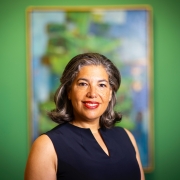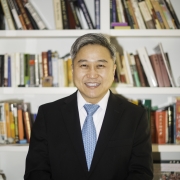Study Links Heart Rate to Gender Gap in Criminal Offending
In the field of criminology, it is well established that men engage in more crime than women. Now, a new study published in the journal Criminology addresses the incomplete understanding of why males are more criminal than females by examining gender differences in biological functioning and behavior. It is the first study to demonstrate that men’s lower resting heart rate partly explains the higher rate of criminal offending.
Olivia Choy, who graduated this month with a Ph.D. from Penn’s Department of Criminology and is joining Nanyang Technological University as an assistant professor in July, conducted the research in Penn Integrates Knowledge Professor Adrian Raine’s lab.
The study, “Explaining the Gender Gap in Crime: The Role of Heart Rate,” complements traditional theoretical accounts of the gender gap and has implications for the advancement of integrative criminological theory in public health and law enforcement.
The researchers examined data from a longitudinal study that measured the heart rate of participants at age 11 and found that heart rate partly explains gender differences in both violent and nonviolent crime assessed at age 23.
Prior studies have shown that people with low resting heart rates seek stimulation to raise their level of arousal to a more optimal one. This stimulation-seeking theory converges with a fearlessness theory arguing that these people have a low level of fear and may be more likely to engage in antisocial behavior, which requires a degree of fearlessness.
“We think cardiovascular functioning partly explains sex difference in crime,” Raine says, “because low heart rate is a marker for other mechanisms like lack of fear and stimulation-seeking.”
Click here to read the full article.





